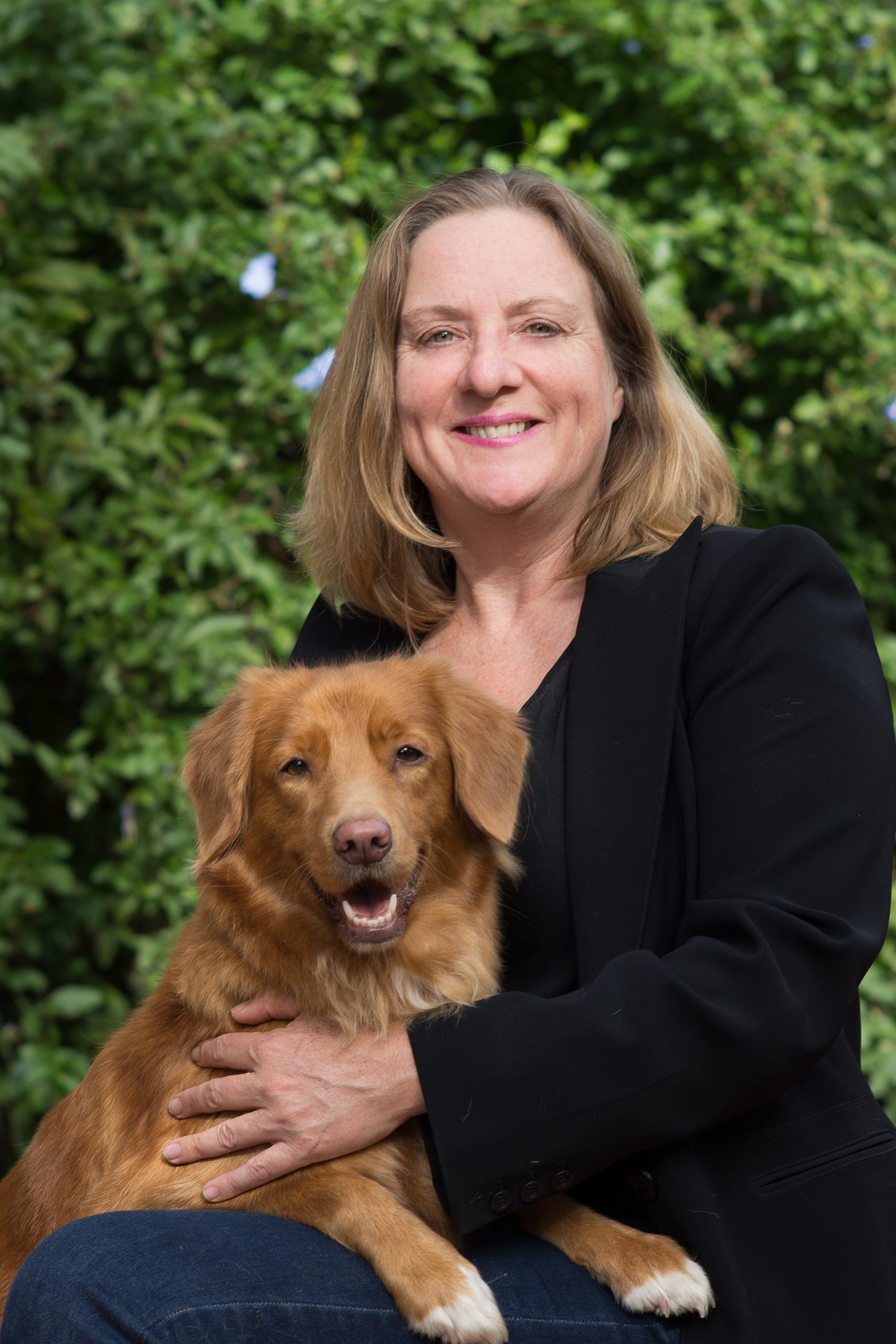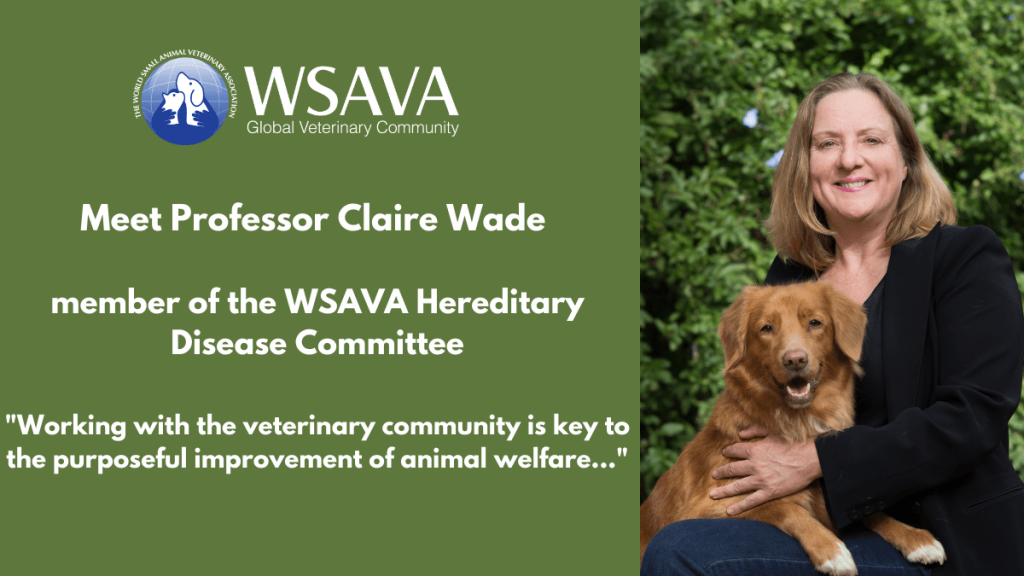Professor Wade is Chair of Computational Biology and Animal Genetics at the University of Sydney, Australia, and contributes genomics and quantitative genetics skills to the HDC.
Could you give us a brief summary of your career?
I studied as an Animal Science undergraduate at the University of New South Wales in Sydney, Australia and completed a Doctor of Philosophy there in Quantitative Genetics (sheep breeding).
I then worked as a postdoctoral researcher in the Victorian Department of Agriculture before taking a junior academic position at the University of Queensland School of Veterinary Science (in Brisbane, QLD, Australia) where I taught genetics to undergraduate veterinary science students for 10 years.
During the genomic era, I travelled to Massachusetts, USA, to work with the Whitehead Institute (later the Broad Institute) initially working on the Mouse genome but later working on the population genetics for the Dog Genome project and developing a specialisation in gene mapping. I led the Equine Genome sequencing project before returning to Australia in 2009.

full
At the University of Sydney, I teach genetics and bioinformatics to undergraduate animal science students, both in the School of Veterinary Science and in the School of Life and Environmental Sciences. My research is in the field of genomics and gene mapping, most recently concentrating on complex disease and behaviour traits.
Could you tell us a little about your day job and what it involves?
I have a traditional academic role which consists of research, teaching and administration. I have also served for five years as a Departmental chair. Most of my days involve conducting research or training students to conduct research in genomics. Most of my students work with gene mapping. I am currently working with the Dobermann diversity project to analyse the global population of this breed. I also have projects with Mitral Valve Disease in Cavalier King Charles Spaniels, Pannus in Australian Racing Greyhounds, Working behaviours in Australian Working Kelpies, Deafness in Dalmatians and Cerebellar Abiotrophy in Australian Working Kelpies (among others!)
What excites you about this area of science?
I absolutely love that most days I learn something new. In gene mapping, the data lead us to genes and physiological pathways that are rarely well studied. There is always an opportunity to learn more about how our traits and behaviours are driven at a biochemical and physiological level. I also love the hunt for the elusive causative mutation, using the latest bioinformatics tools.
You’re a member of the WSAVA Hereditary Disease Committee – why were you keen to get involved?
Most of my career has involved working in the field of veterinary education and the elucidation of genetic traits in domestic animals. I believe that I can contribute both extensive genomics and quantitative genetics skills to the team.
Why do you feel its work is important?
I think that working with the veterinary community is key to the purposeful improvement of animal welfare practices related to inherited disorders.
Could you tell us something about you that may surprise us?
I compete with my dogs in retrieving trials and am a retrieving trial judge here in Australia.

